Tarot Recall: A Visionary Exercise for the Present
Prompts Against Anxiety #36 | from Laurence Ross, a Baltimore-based writer and educator. A frequent contributor to BmoreArt, he has also published his essays in magazines and literary journals such as Pelican Bomb, the Georgia Review, Brevity, and the Huffington Post. In 2020, he curated a visual art exhibition at Woodland Pattern, titled Tarot: The (Re)Making of a Language.

INTRODUCTION
Working with the Tarot, I avoid prediction. Prediction and prophesy can feel limiting, restrictive, anxiety-inducing; certainty regarding the future can lead to dogmatic thinking or pedantic monologues. When my mother had my cards read as an infant, the cards predicted I would grow up to become a priest—a future, like an arranged marriage, from which I fled. I prefer to think of Tarot as a means of optimism, as a means of seeing possibility in the present.
As a writer, when I try to clearly envision the end of a piece, my curiosity in the beginning and the middle dissipates. My attention to my surroundings becomes slack; I lose interest in the joys of finding my way.
I don’t want to know where I am going when I begin writing an essay—not really. I want to revel in doubt and the infinite possibilities contained within the not-knowing. As Phillip Lopate claims, “The essay’s job is to track consciousness; if you are fully aware of your mind you will find your thoughts doubling back, registering little peeps of ambivalence or disbelief.” In other words, recording the journey of the mind—which is hardly ever linear—is the aim of the whole enterprise. Skepticism is welcome. If I know the end from the beginning, if I am simply moving from A to B, what is there to figure out?
I write this prompt on the vernal equinox, the cue for spring in the northern hemisphere. We are collectively at a beginning, at so many beginnings. As daylight progressively increases, you might feel a surge of energy. You might feel the gumption to start a new project. Or you might clear the clutter off the desk to make way for—to make way for what, exactly?
Tarot, as a tool, is a deck of prompts. Like a director supplying an actor with a beginning of a forgotten line, the Tarot often reveals to us what we already knew. Knowledge we had stored away. The archetypes, the lessons, the stages of life we knew from experience would circle round again but often (too often) lose sight of in the dark of winter. To take action, we all need a reminder from time to time.
THE PROMPT
STEP ONE: TAKE A CUE
Using an online card generator or a Tarot deck of your own, draw one card. Does this card cue a memory? Perhaps the memory cued is one that is not explicitly your own. The card might cue a story told by a friend, the detail of an artwork, the bridge of a song, a scene from a novel, the line of a poem, the climax of a film.
STEP TWO: RECALL
Write down the memory. Be mindful to acknowledge all the senses—not only what we can see with our eyes. The four suits in the tarot can be aligned with our intellect, our passions, our emotions, and our bodies. They can serve as a reminder (and a structure) to regard ourselves more wholistically in our writing.
STEP THREE: TAKE NOTE
Turn back to the image of the Tarot card and try to describe this image with words. If there are figures, note their facial expressions, their body language. Is the figure satisfied, impatient, cunning, awestruck? If objects or animals appear in the image, what connotations do they carry for you? If there are symbols or patters on the card you drew, count and compare. Are the embellishments and backgrounds symmetrical or irregular? Is the mood inviting or foreboding, energetic or at rest? What color is the background of the card? What ideas or emotions do you associate with that color?
STEP FOUR: INVOKE THE VISIONARY
Now compare the written memory to the written description of the Tarot card. What congruencies can you find? Where are the points of departure? What happens when you apply the narrative of the memory to the image of the card?
The aim here is to use the Tarot card as lenses through which to view the memory—or vice versa. Similar to creating a metaphor, you want to lean one idea against another in the hope that new (or remembered) understanding will emerge. Our experiences—and the cards—are full of resonances, and if we look closely, patterns surface.
Record your findings. Shape them into poem, lyric prose, or fictive fragment as you please.
CONCLUSION
A common challenge of Tarot echoes a common challenge of the writer: to embrace paradox rather than seek easy resolution. We can be both motivated and exhausted, frightened and brave. A divided self seems incredibly human; our capacity to hold these multiplicities can be one of our greatest assets. Tarot and writing are both means of making sense, of finding moments of understanding in these in-between spaces.
William Blake wrote in “Auguries of Innocence”: “To see a World in a Grain of Sand / And a Heaven in a Flower, / Hold Infinity in the palm of your hand / And Eternity in an hour.” To see one thing in another suggests our experience of time is not linear. I will see a clam knife and recall my grandmother; I will see a centipede and recall deceit; I will see a crow and recall the warmth of the sun on my skin. I will draw a card and recognize a familiar face or feeling or truth—the past welling up in the present, causing me to regard the future just a bit differently. And in this way, the future is not set in stone but fluctuating, fluid.
Prompts Against Anxiety is sponsored by Milwaukee Public Library, an anchor institution that helps patrons read, learn, and connect—to our resources and our community. Now more than ever, stay connected, stay home, and stay safe.
More from this series
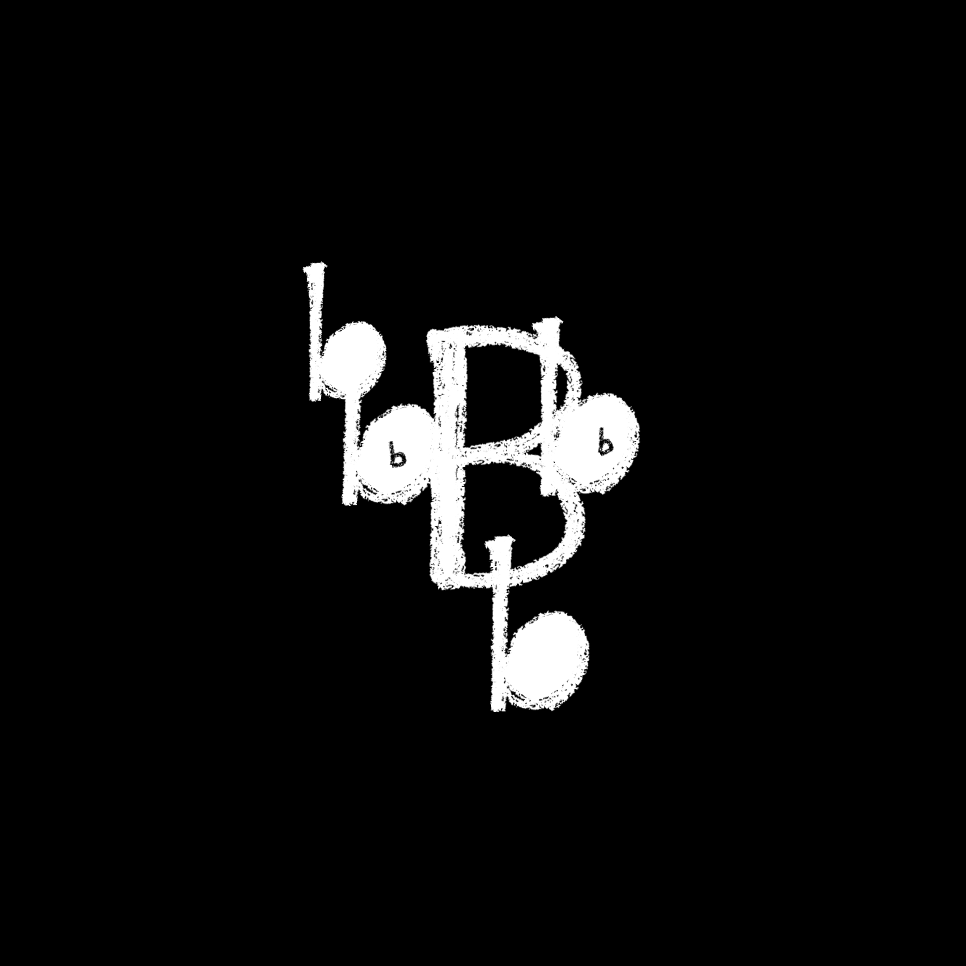
The Word was in the beginning but it is made of letters.Prompt #40—giovanni singleton

Write in NaturePrompt #39—Oogie Push
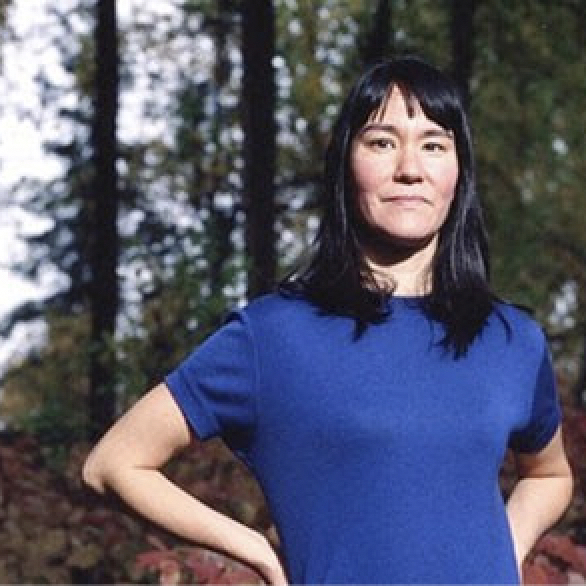
Real FoodPrompt #38—Joan Kane
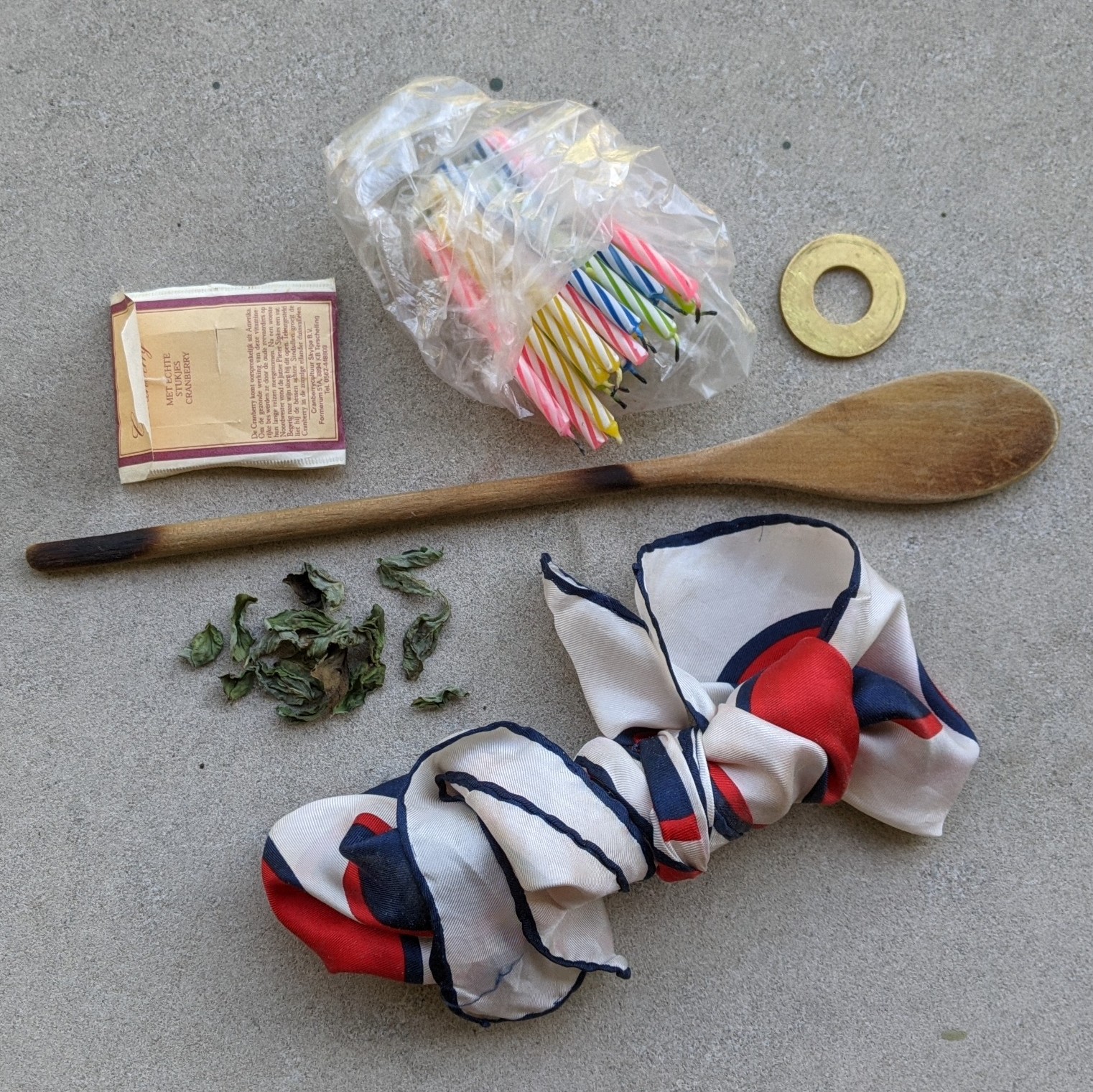
You Don't Need Proust to Smell GoodPrompt #37—Elizabeth Hoover
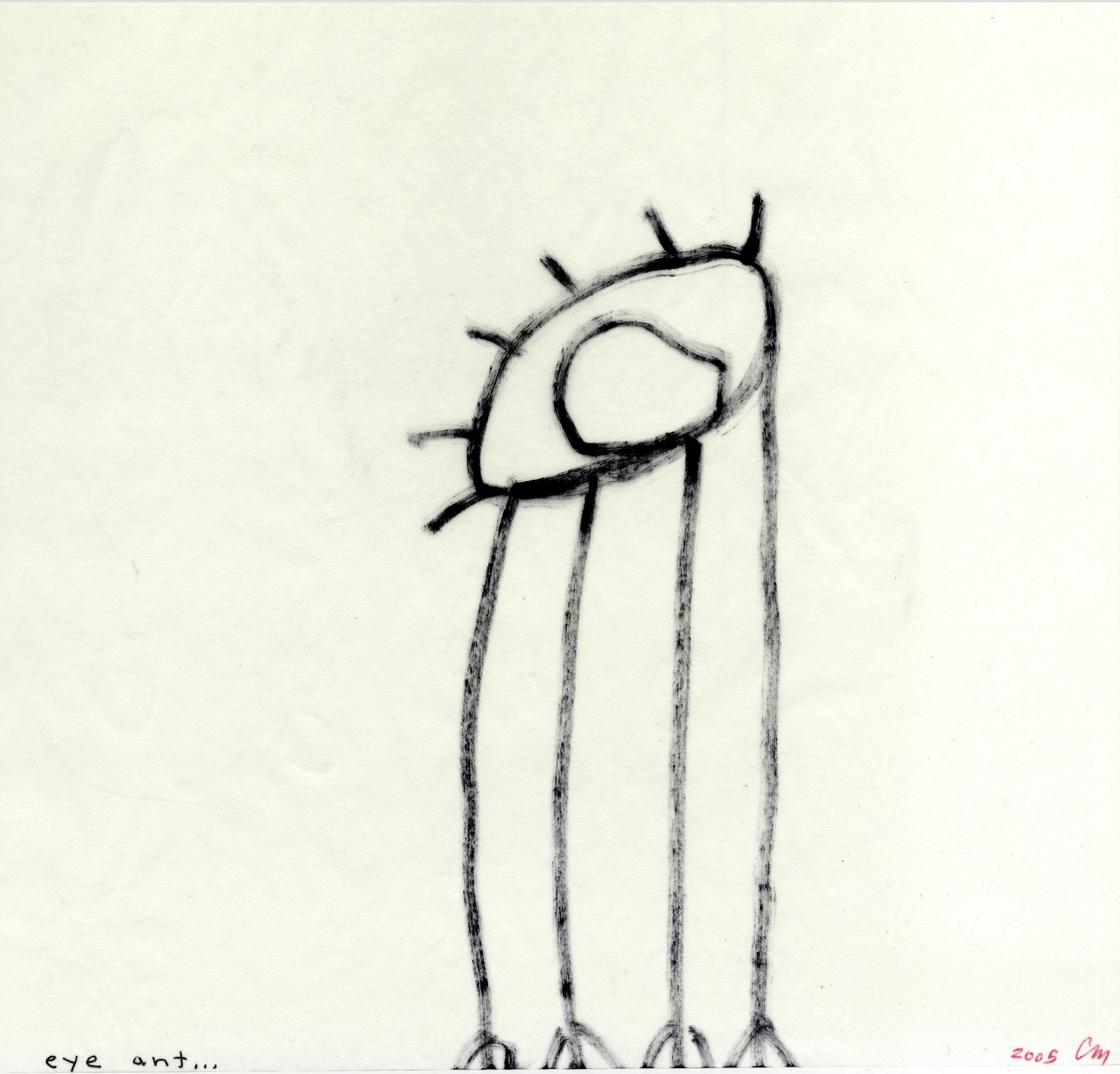
Find Your Own FormPrompt #36—Sawako Nakayasu

Tarot Recall: A Visionary Exercise for the PresentPrompt #35—Laurence Ross

Queers in Love at the End of the WorldPrompt #34—CJ Scruton

WORKBOOK FOR CHANGE: TWO PROMPTSPrompt #33—Kate Schapira
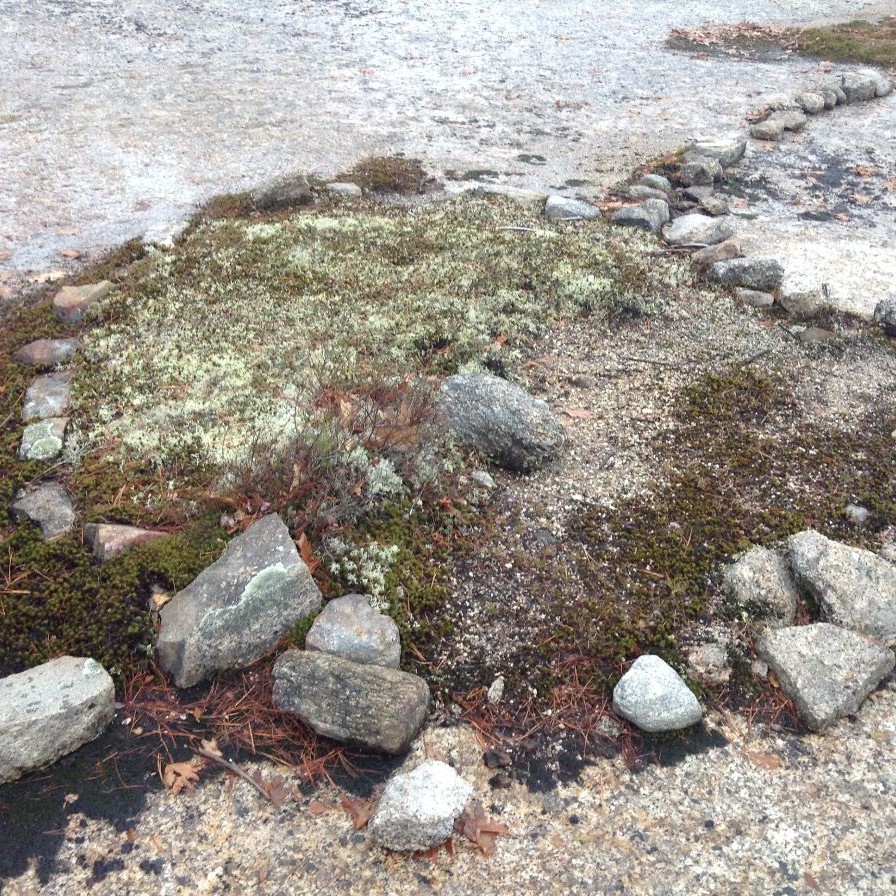
Preparation for the PromptPrompt #32—Lisa Fishman

Collage Your Own Writing PromptPrompt #31—Helen Hofling
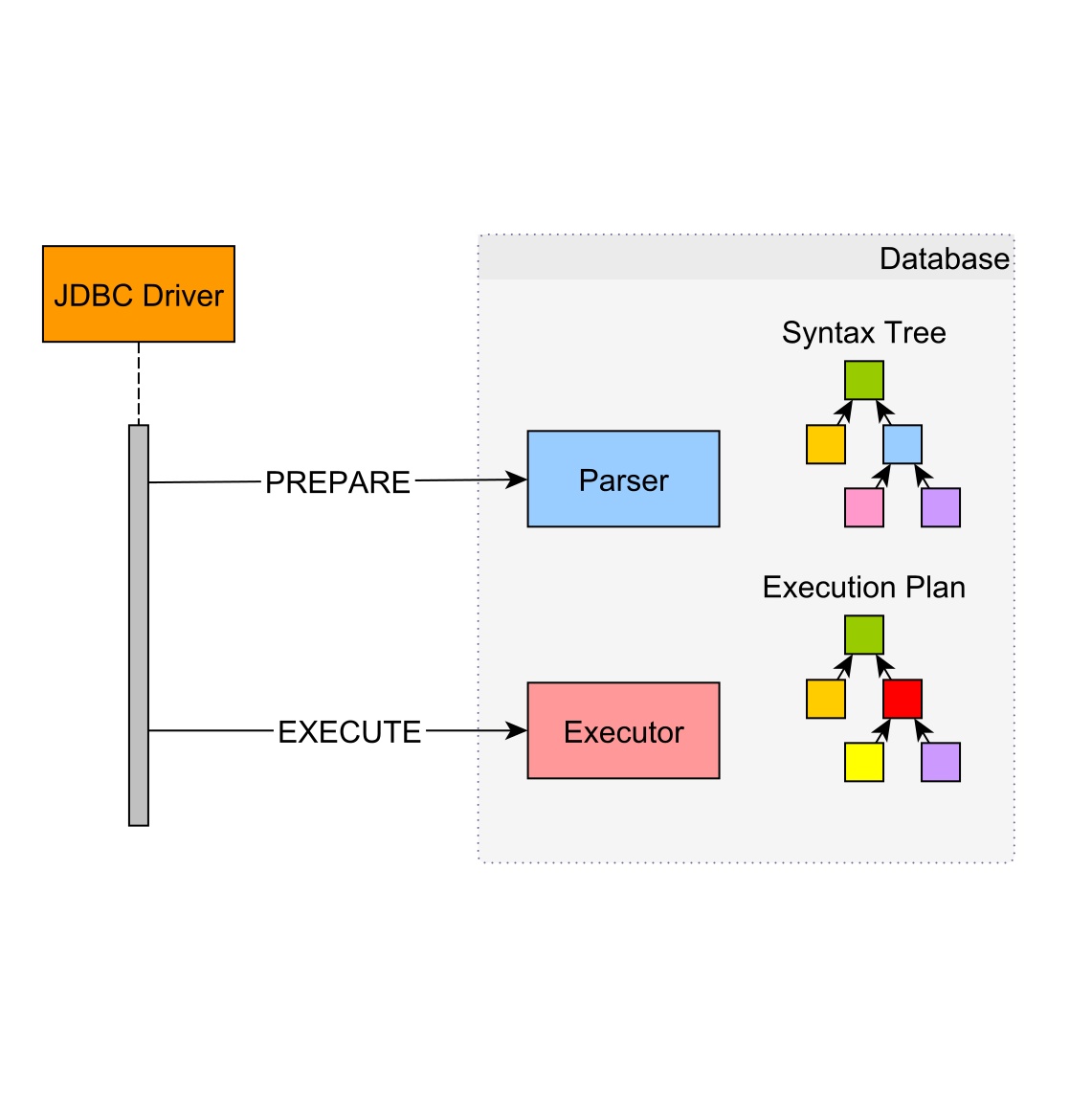
Prepared StatementPrompt #30—Mike Hauser

Repeat Repeat WritePrompt #29— Lewis Freedman
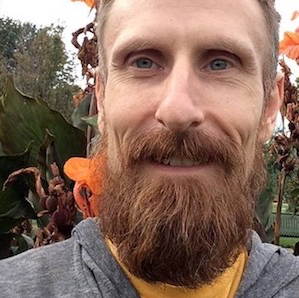
Poetic CorrespondencePrompt #28—Eric Baus

EKPHRASIS YOURSELFPrompt #27—Jennifer Nelson
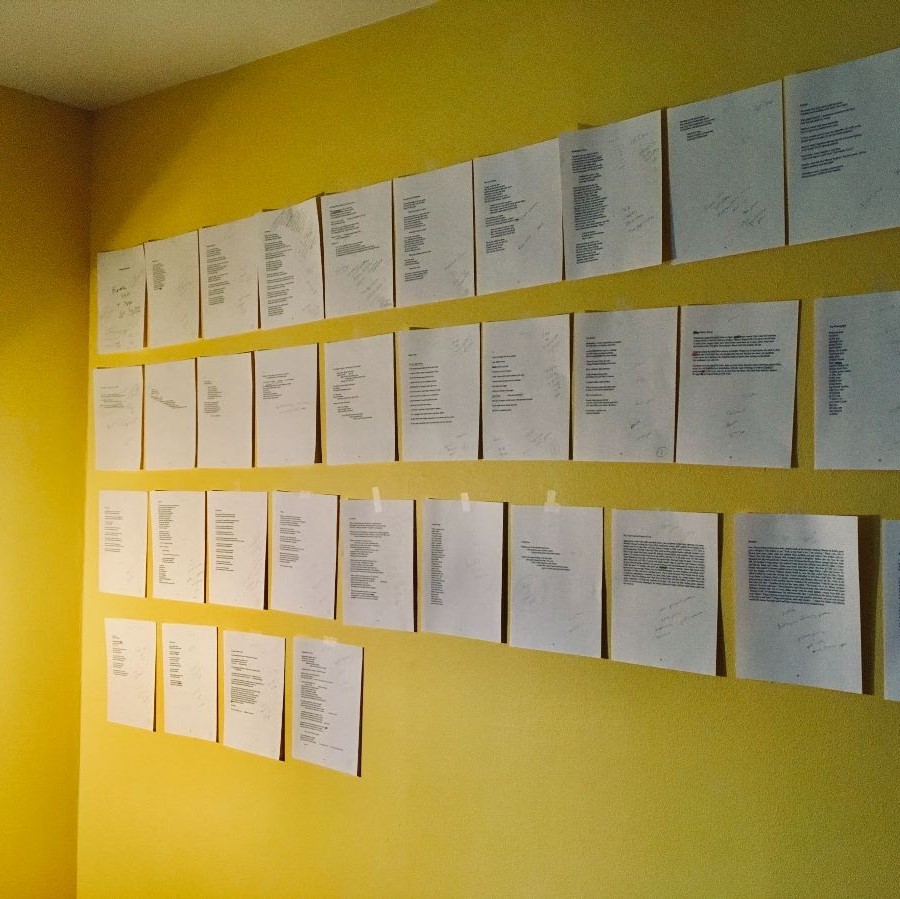
POETRY IS FOR THE PEOPLEPrompt #26—Angela Trudell Vasquez
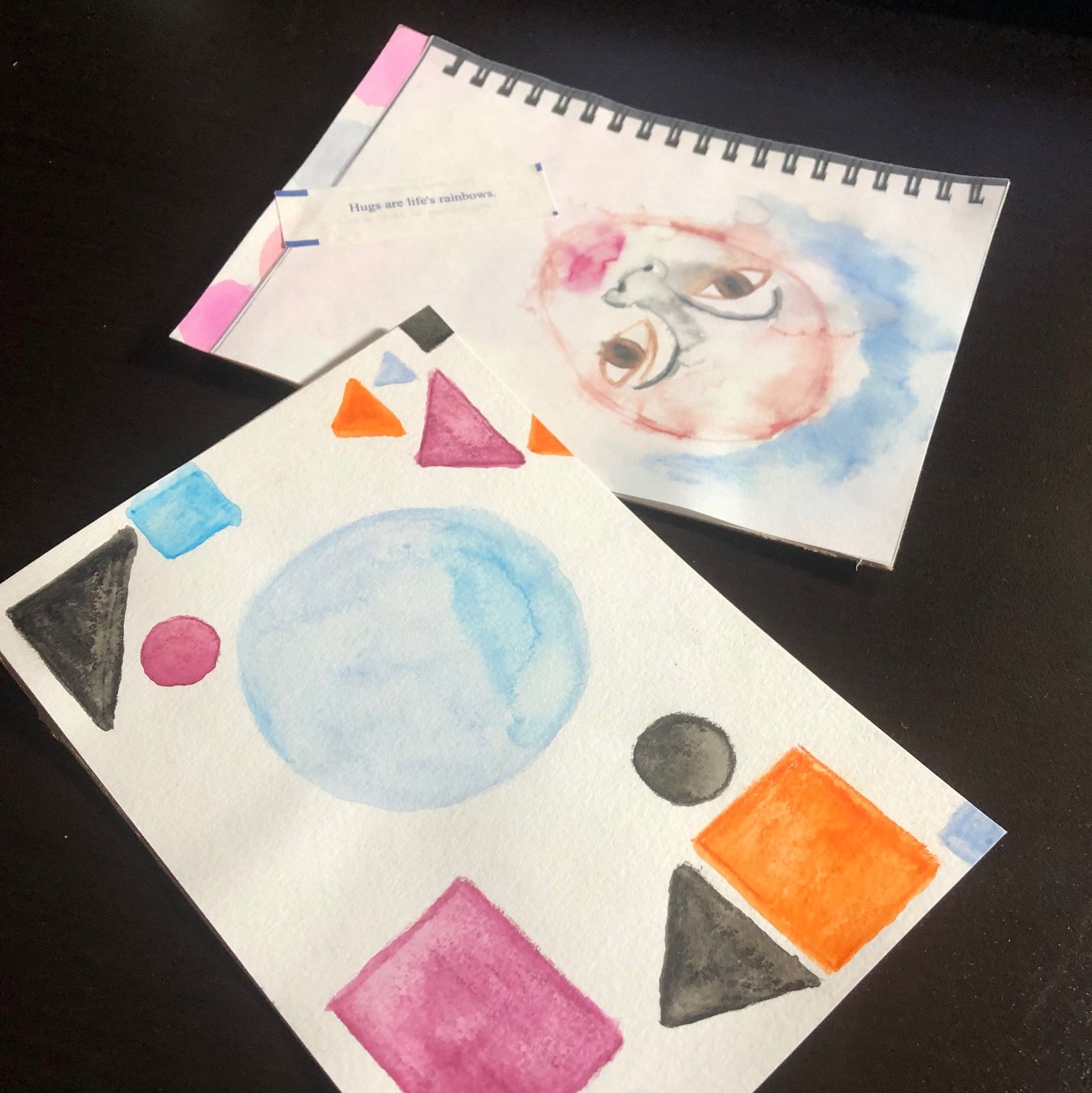
MAIL ARTPrompt #25—Siwar Masannat
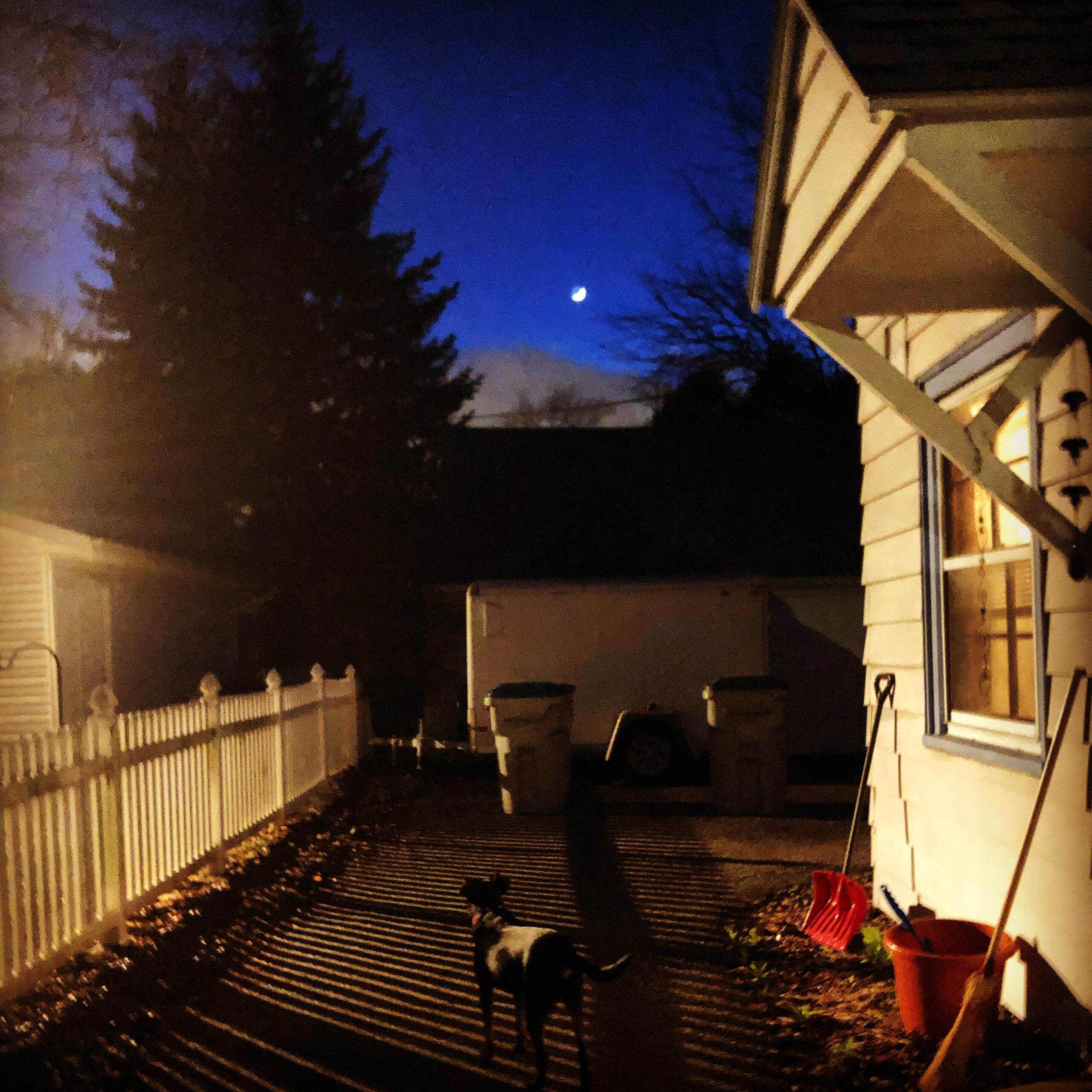
VISUAL POSTCARDSPrompt #24—Portia Cobb
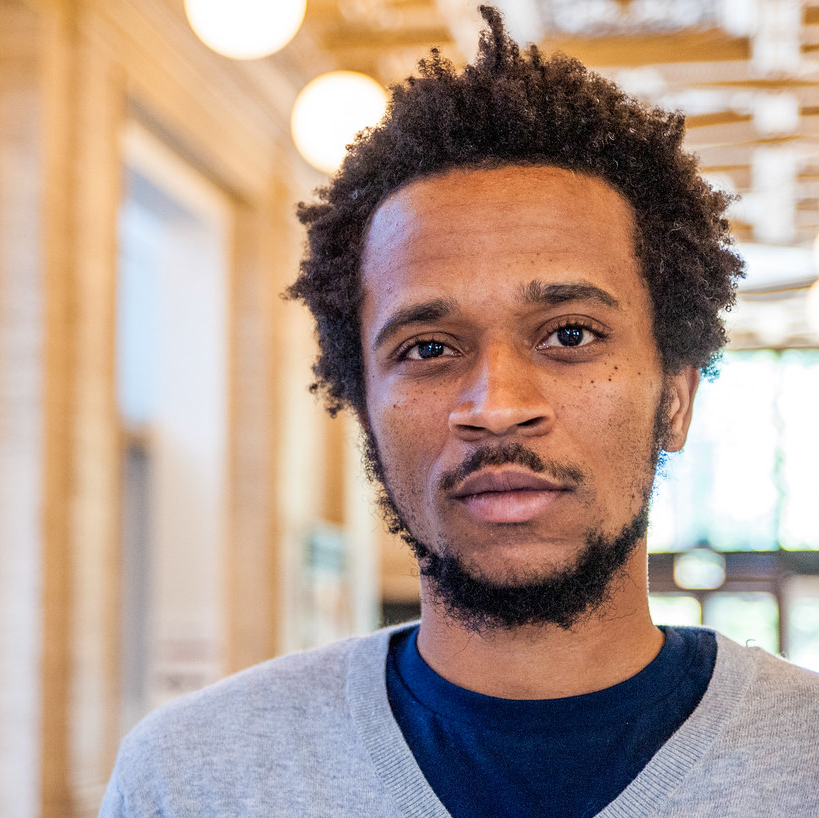
A [LONGER-TERM] DEEP LISTENING PROMPTPrompt #23—Jibade-Khalil Huffman

Humor as Medicine for the SoulPrompt #22—Mauricio Kilwein Guevara

Personification: A Social Justice PromptPrompt #21—Derrick Harriell

Ponge ExercisePrompt #20—Tyrone Williams
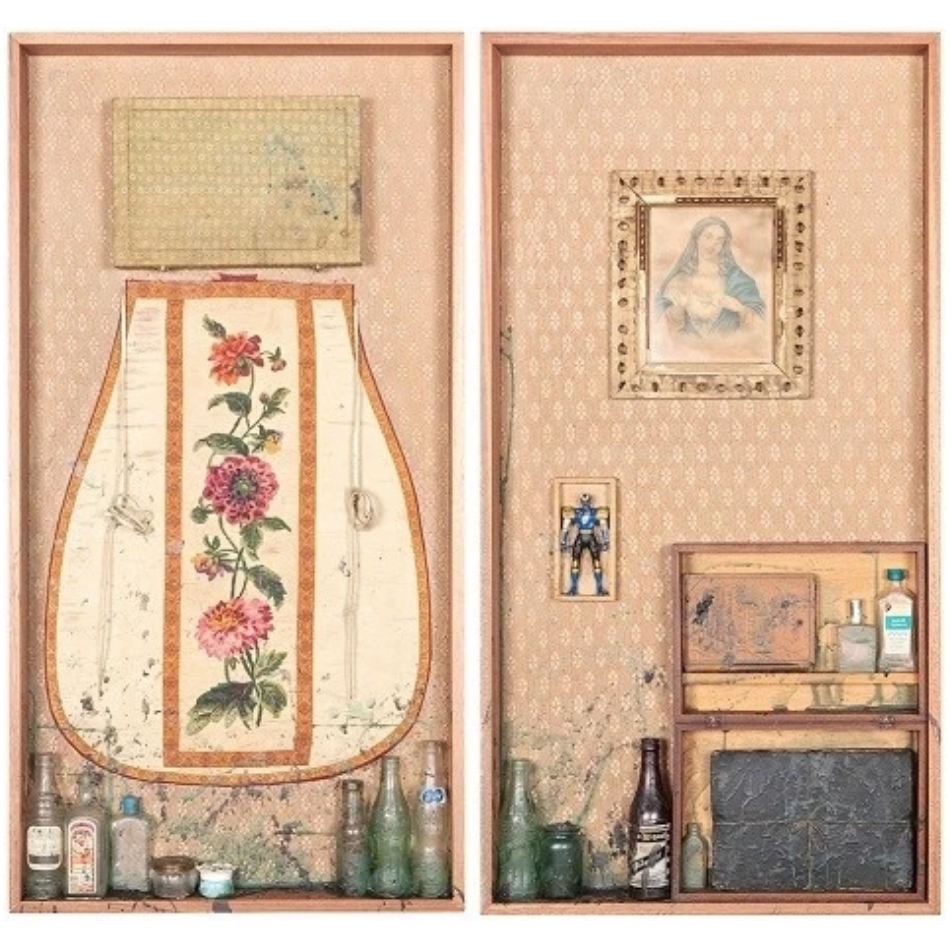
Occult DocupoesisPrompt #19—Kimberly Alidio
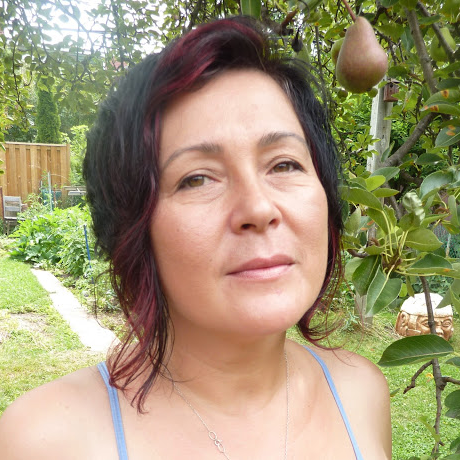
Junk Drawer SongPrompt #18—Hoa Nguyen

TALK TO THE POETSPrompt #17—Stacy Szymaszek
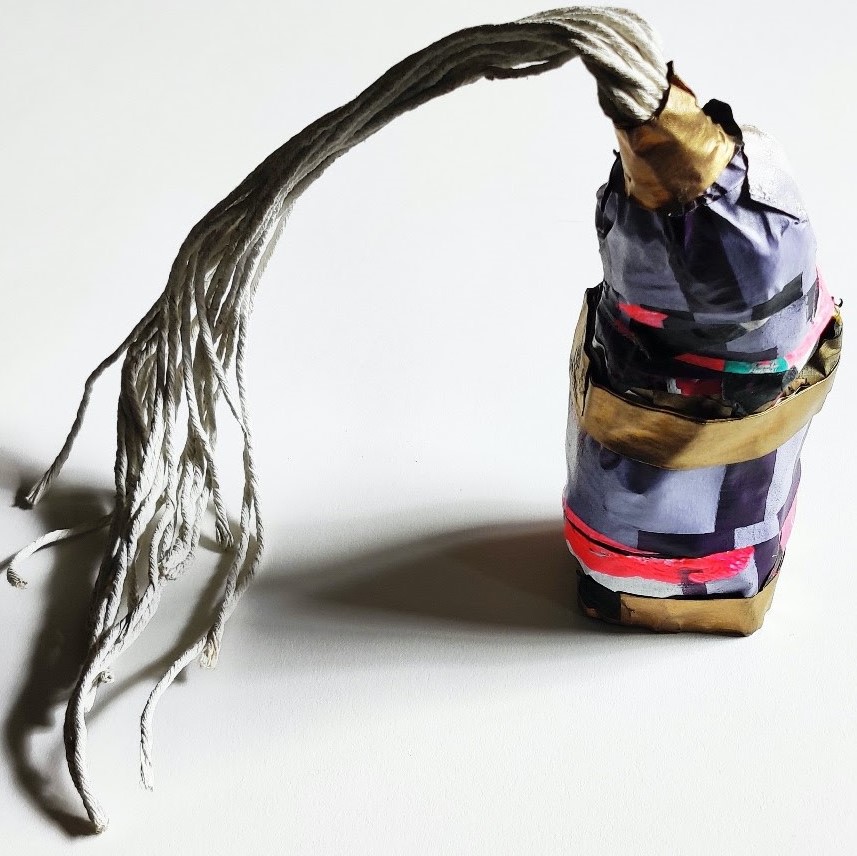
Make-Do Origin Stories & Concrete FuturesPrompt #16—Ching-In Chen

The Family PhotographPrompt #15—Rosa Alcalá
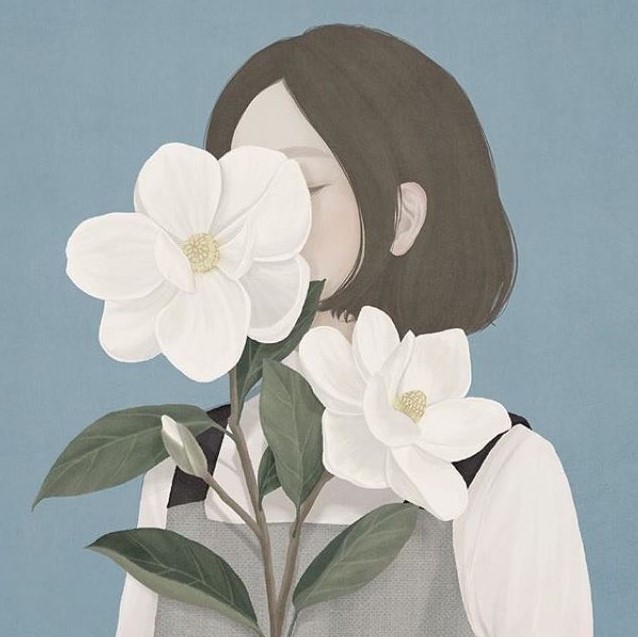
Writing Advice for Your Younger SelfPrompt #14—E.J. Koh
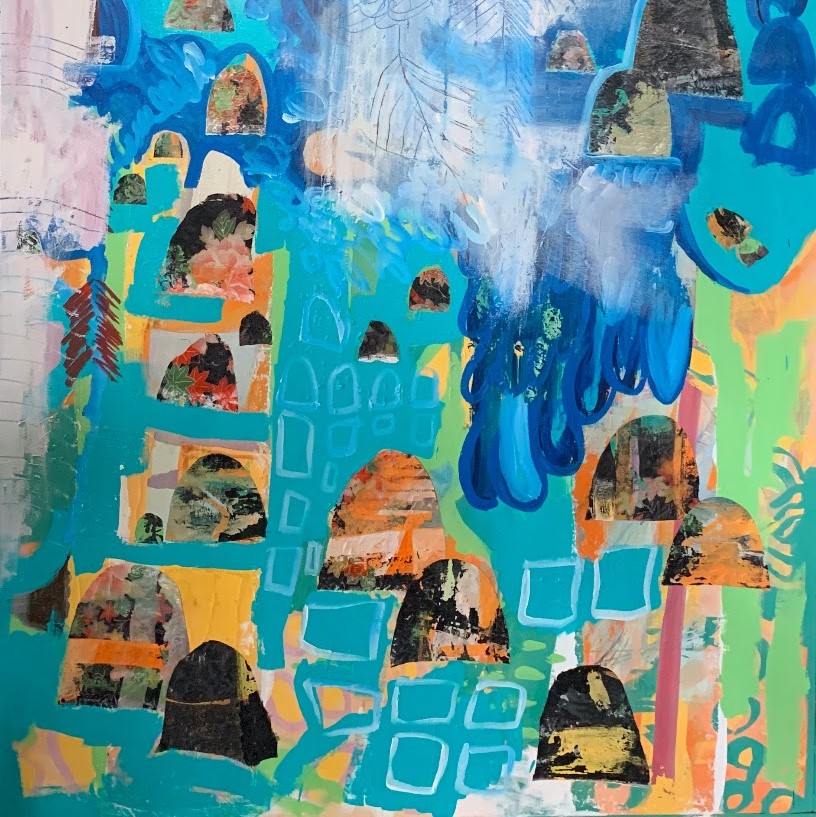
Note(s) to SelfPrompt #13—Stacy Blint
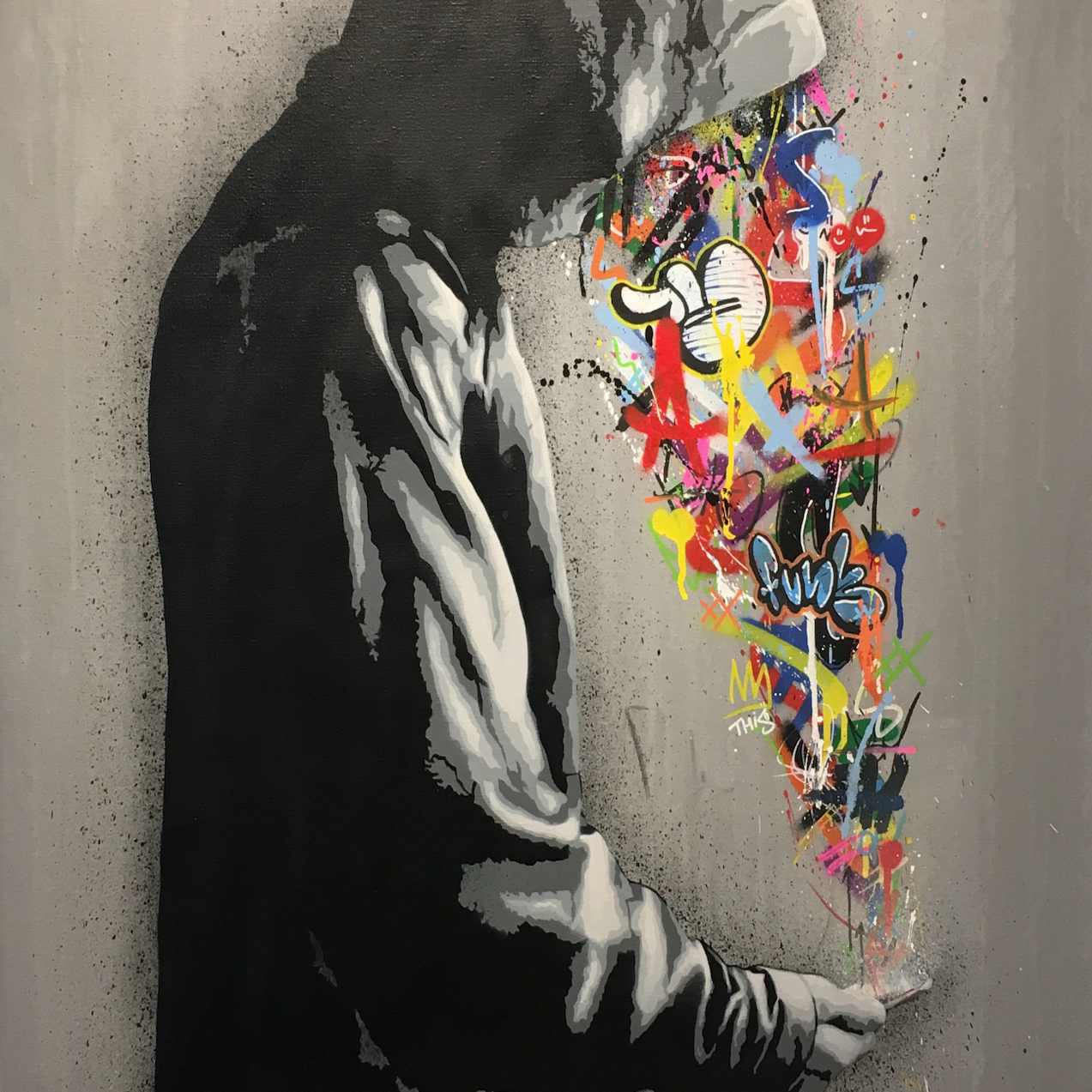
Embracing ConfusionPrompt #12—Bryon Cherry
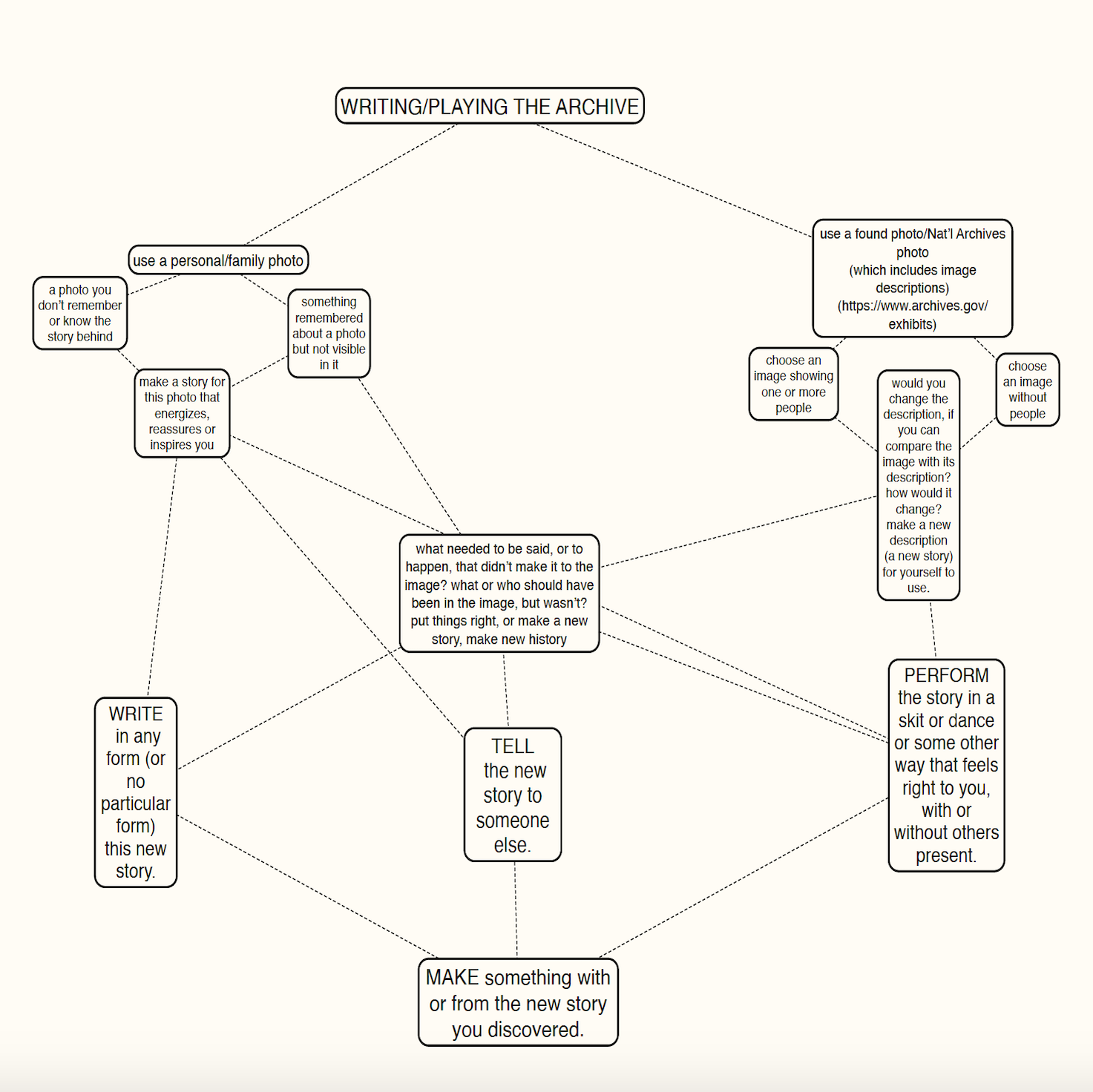
Writing/Playing the ArchivePrompt #11—Jay Besemer

CAPTURED & FREEDPrompt #10—Dasha Kelly Hamilton
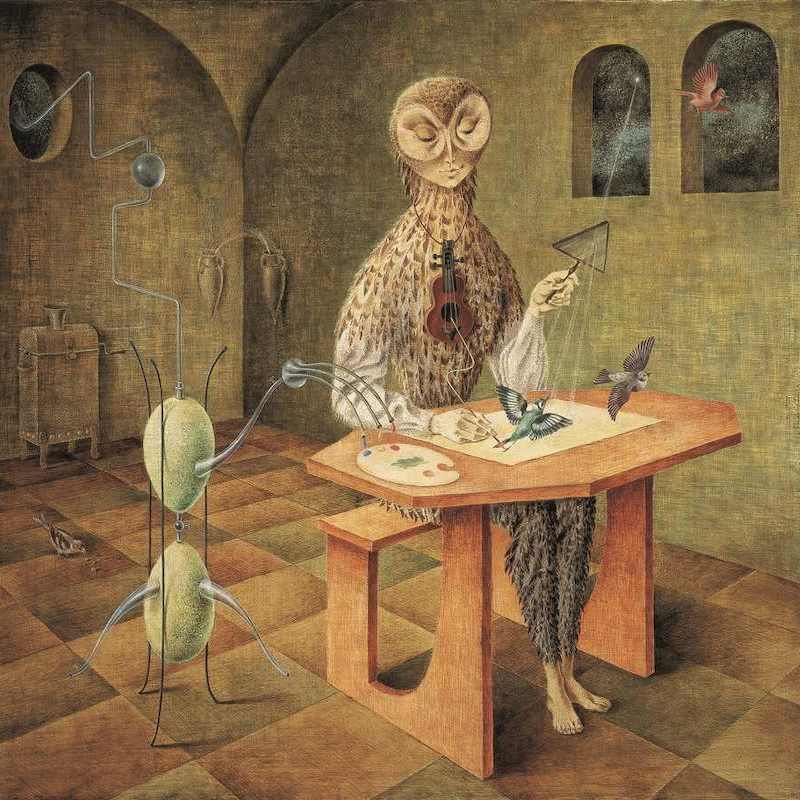
Poetic Exit StrategiesPrompt #9—Ana Božičević

Proyecto ConbífPrompt #8—Erick "CK" Ledesma
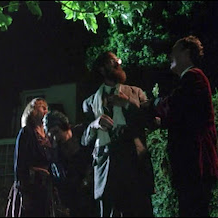
TRILOGYPrompt #6—CA Conrad

Utopian CompromisePrompt #7—Paul Druecke

A Series of RoomsPrompt #5—Laura Solomon
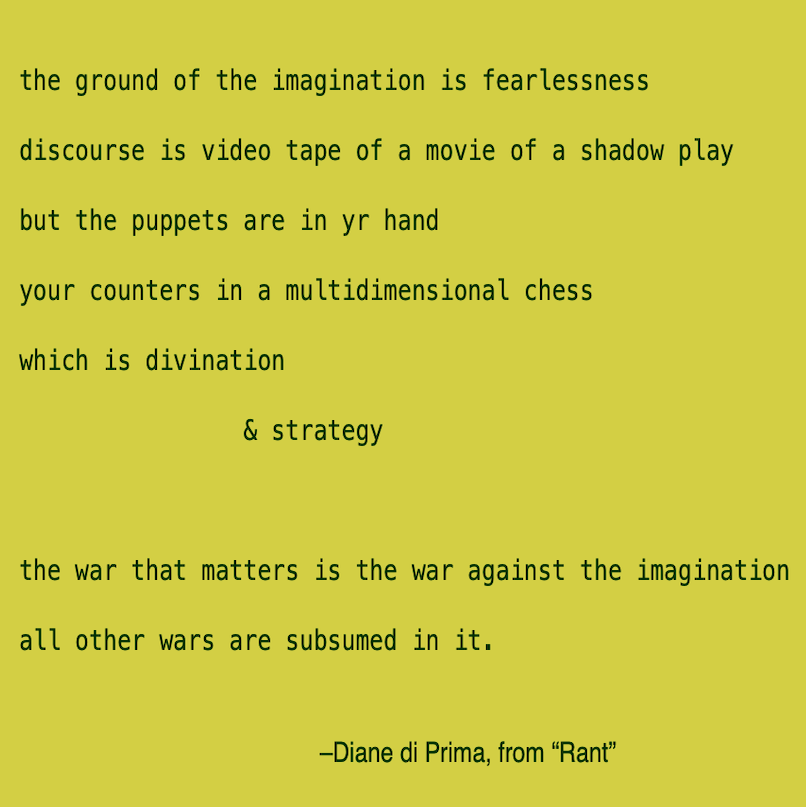
Two Variations on N+7Prompt #4—Jenny Gropp

T H E A P A R T / TOGETHERPOEMPrompt #3—Margaret Rozga
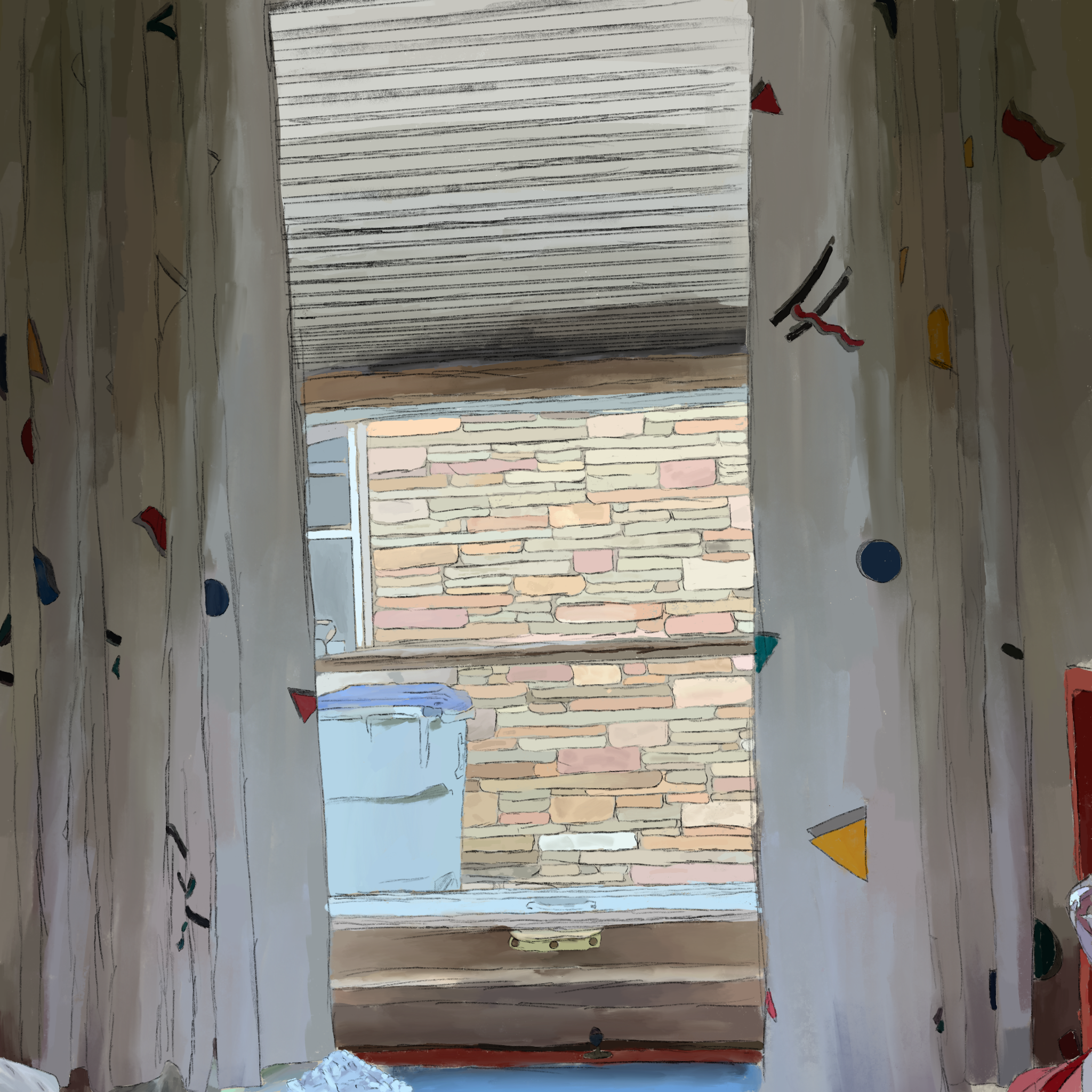
An Exercise in WindowsPrompt #2—Marla Sanvick
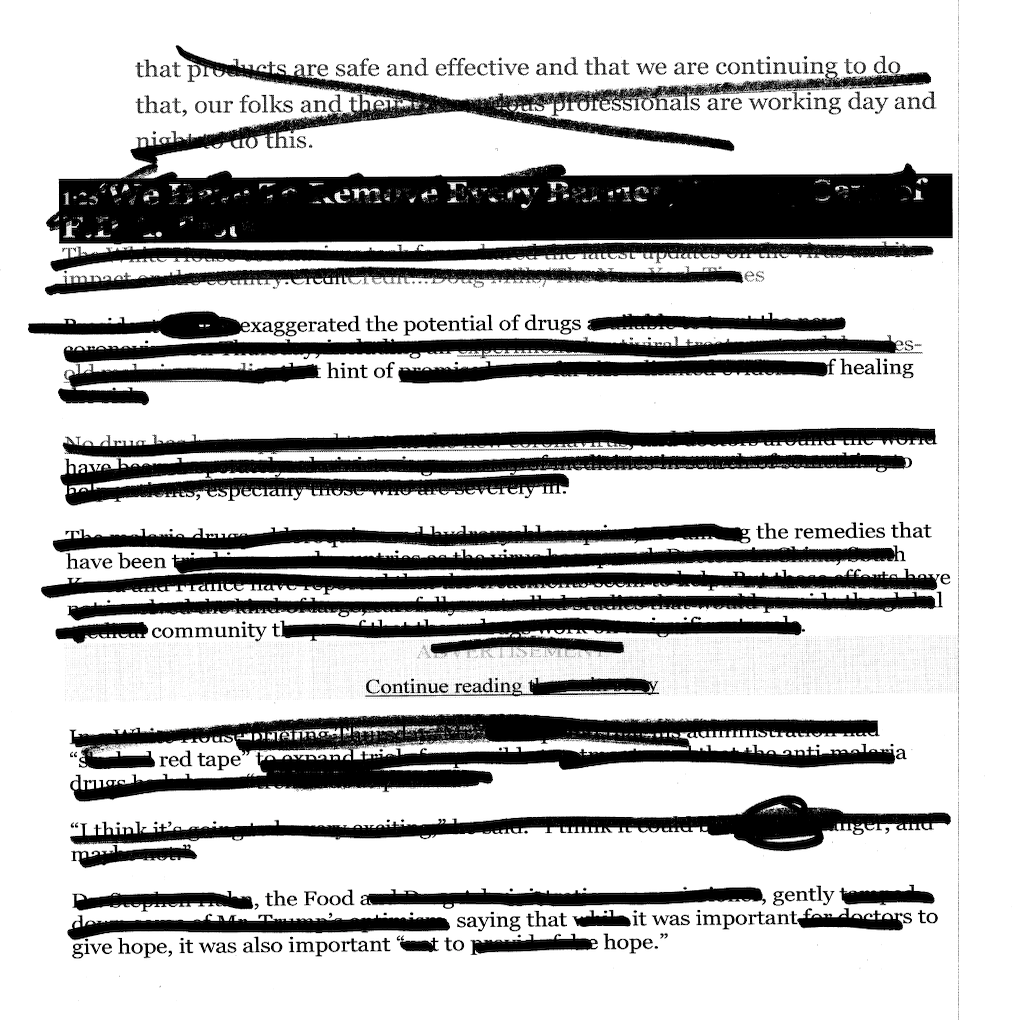
Erasuring AnxietyPrompt #1—Peter Burzynski
We acknowledge that in Milwaukee we live and work on traditional Potawatomi, Ho-Chunk, and Menominee homelands along the southwest shores of Michigami, part of North America’s largest system of freshwater lakes, where the Milwaukee, Menominee, and Kinnickinnic rivers meet and the people of Wisconsin’s sovereign Anishinaabe, Ho-Chunk, Menominee, Oneida, and Mohican nations remain present.
We further acknowledge the grave evil colonialism introduced to these lands through genocide as well as slavery, and also via racist and xenophobic beliefs, laws, and practices that continue to inflict harm upon Black, brown, and Indigenous lives. We honor those who have lived—and do live, now—at these intersections of identity and experience, and are committed to the active dismantling of white supremacy.
720 E. Locust Street
Milwaukee, WI 53212
Phone: 414 263 5001
Hours: Tues–Sun | 12-7 pm
Closed Mon
Building Accessibility: Despite the age of our physical location, and attendant limitations to access, Woodland Pattern is committed to making its programs and facilities available for as many as possible. Please call for more information.
Events Accessibility: Woodland Pattern is able to offer captioning services for its online events and with advanced notice can provide ASL interpretation for live events. Please contact us with accommodation requests and questions.
© Woodland Pattern 2025
